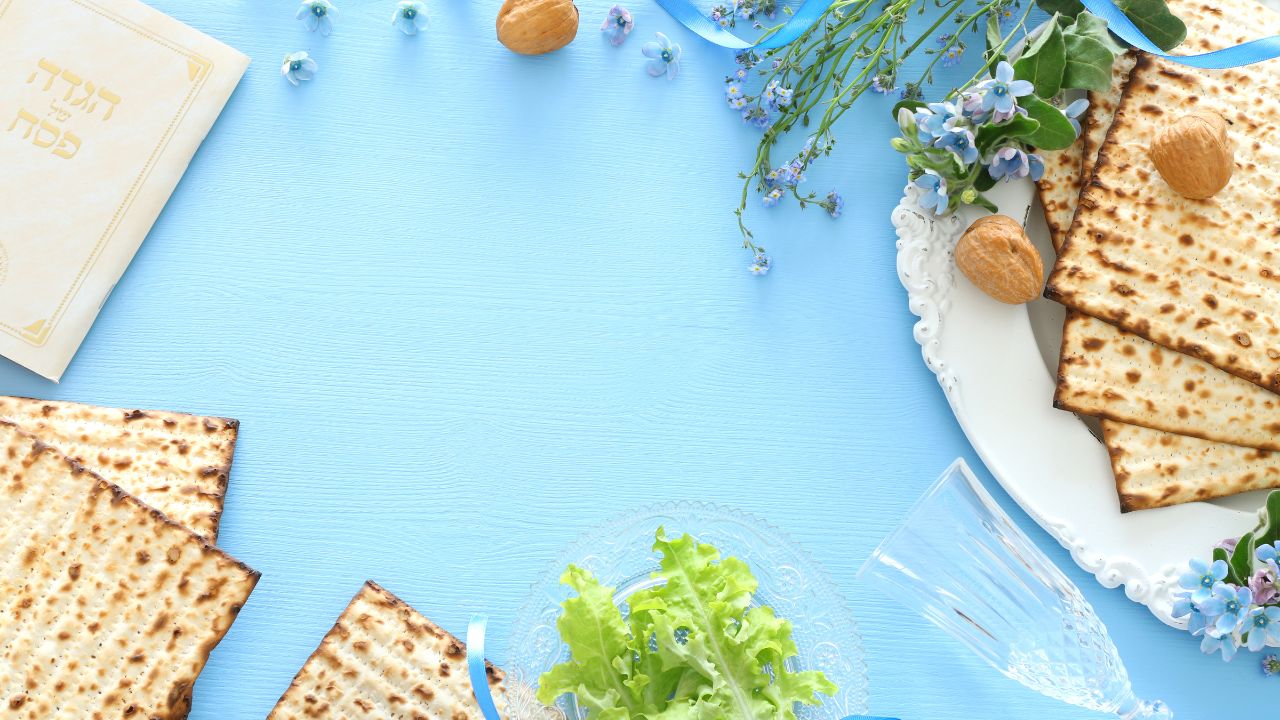5 things to know about the Passover Seder

Passover is the most widely celebrated Jewish holiday, marking the Israelites’ journey from slavery to freedom. At its heart lies the Seder—a vibrant, interactive, and deeply symbolic ritual that brings families, friends, and communities together. It’s more than just a meal; it’s an immersive experience filled with storytelling, thought-provoking discussions, and traditions that have evolved over thousands of years. Here are five key things to know about the Passover Seder that make it such a powerful and enduring celebration.
1. The Seder is a storytelling journey. The word “Seder” means “order,” referring to the 15-step process that guides the evening. These steps, laid out in the Haggadah, take participants on a journey through history, using prayers, symbolic foods, and dramatic storytelling to relive the Exodus. But the Seder is not just about the past—it invites everyone at the table to reflect on what freedom means today, making it a dynamic and evolving tradition.
2. The Haggadah is a conversation starter. While the Haggadah provides a structured script, it is designed to spark lively discussion rather than rigidly dictate the evening. Many families and communities adapt their Seders by shortening, expanding, or even modernizing sections to connect with contemporary issues. As Josh Lipman, a college student at the University of Utah, puts it, “Following the Haggadah is, in essence, to stray from it,” emphasizing that the true essence of the Seder lies in its ability to encourage critical thinking and meaningful dialogue.
3. The Seder brings ancient lessons to modern life. One of the most powerful aspects of the Seder is how it bridges ancient history with present-day struggles. The story of the Israelites’ liberation isn’t just a tale from the past—it serves as a lens to examine contemporary issues like oppression, human rights, and personal challenges. Many Seders include discussions on modern-day slavery, social justice, and personal journeys of resilience, making the tradition deeply relevant to each generation.
4. The Seder has transformed over time. The Seder we know today wasn’t always celebrated this way. In biblical times, the main Passover ritual took place in the grand Holy Temple in Jerusalem, where Jews brought sacrificial lambs as offerings. But after the temple’s destruction in 70 C.E., Jewish leaders reimagined Passover as a home-centered experience, focused on storytelling and symbolism. This ability to adapt has allowed the Seder to remain a meaningful and unifying tradition for over 2,000 years.
5. The Seder is a full-sensory experience. What makes the Seder so engaging is that it’s not just about words—it’s about taste, touch, sound, and action. The crunch of matzot (unleavened bread), the bitterness of herbs, the sweetness of wine, and the powerful melodies of Passover songs all come together to create an unforgettable experience. Maeera Shreiber, Chair of the Cross Cultural Jewish Studies Initiative at the University of Utah, describes it as an opportunity to “make it a lived experience,” ensuring that its themes of faith, resilience, and freedom continue to resonate across generations.
The Passover Seder is more than a ritual—it’s an invitation to step into history, reflect on our own journeys, and engage in meaningful conversations that inspire hope and change. Whether traditional or modern, short or long, every Seder holds the same core message: the power of faith, freedom, and perseverance.



